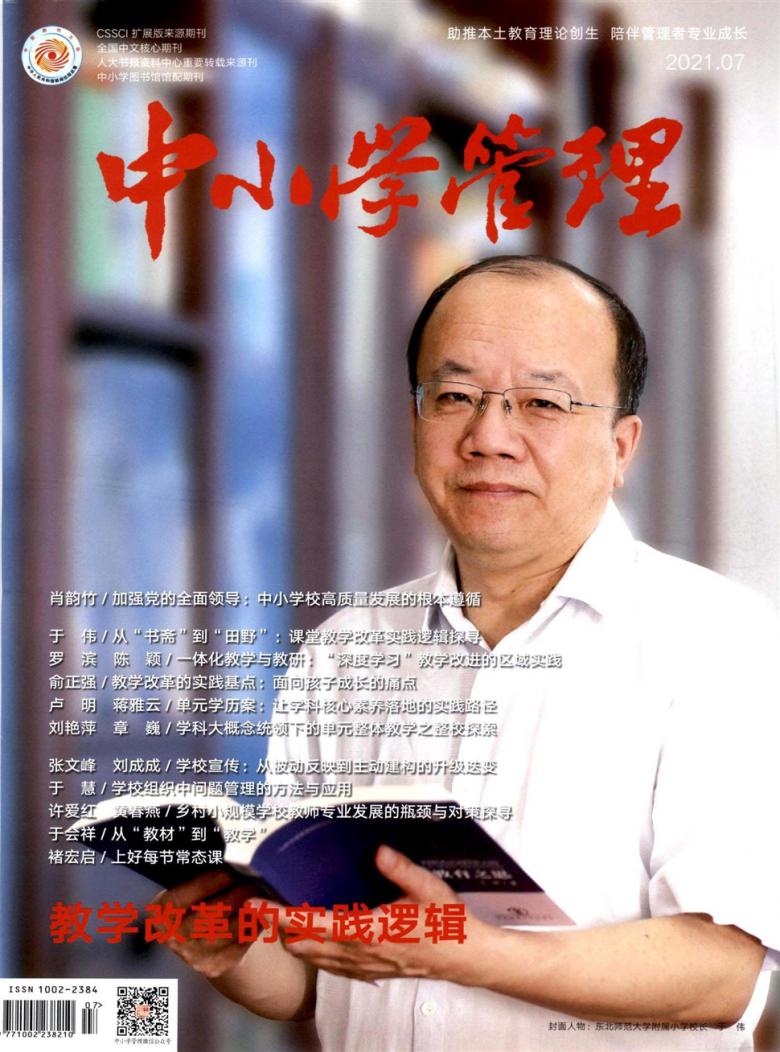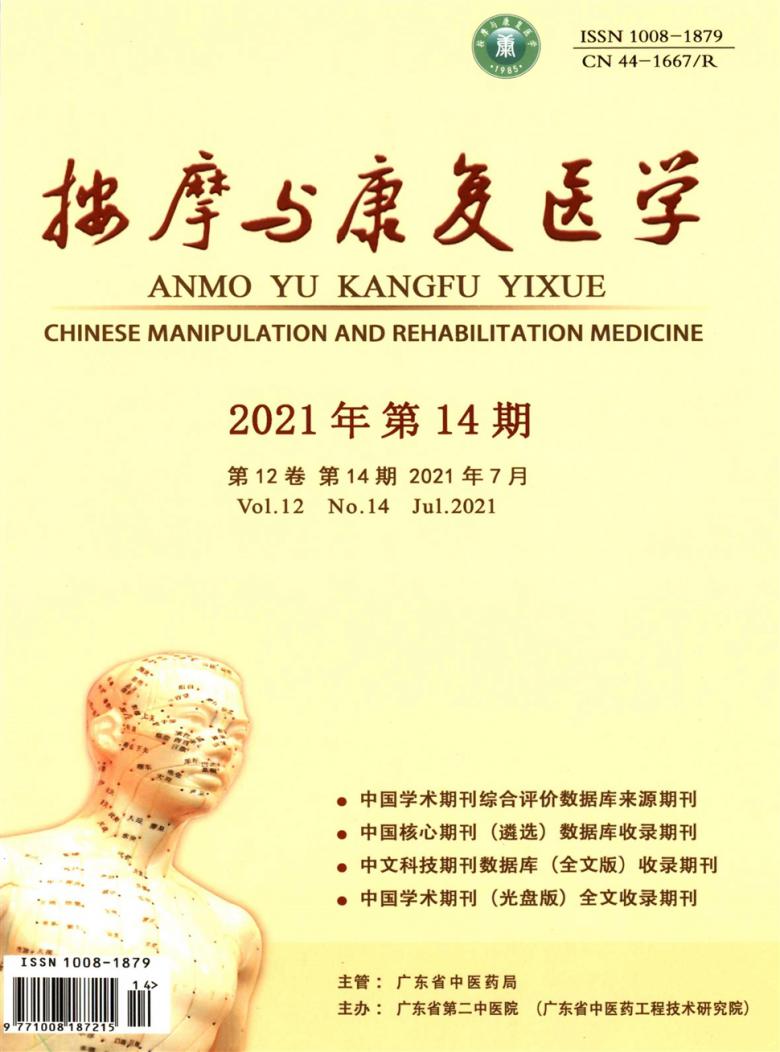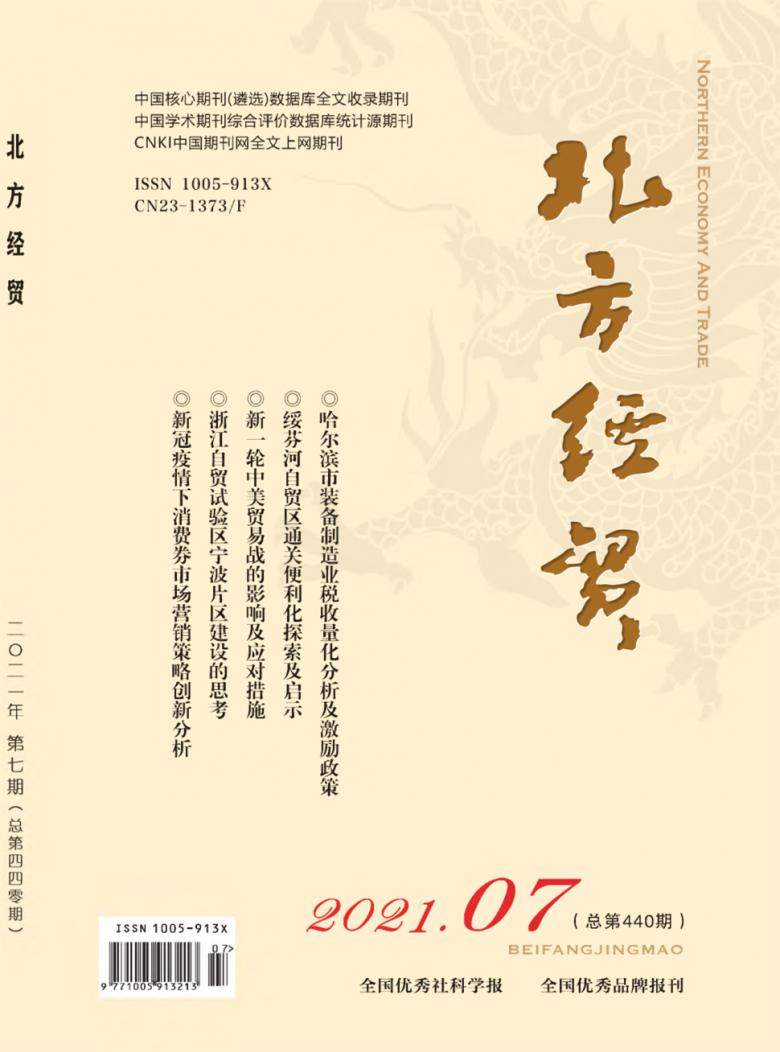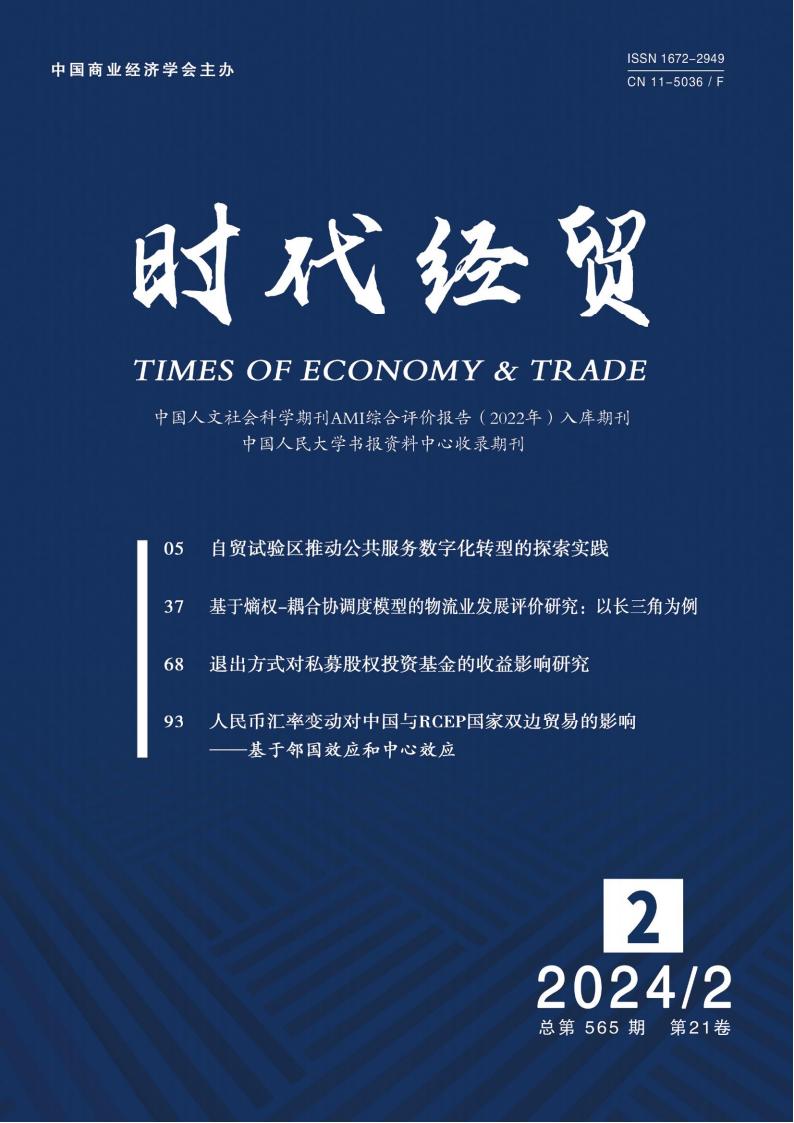外伤性白内障手术时机及术式研讨
牟莉 2012-10-15
【摘要】 目的 探讨复杂外伤性白内障采用小切口白内障摘除联合折叠式人工晶状体植入术的时机、术式选择及疗效。方法 回顾性分析67例(67眼)合并眼前后节组织紊乱的外伤性白内障患者不同的手术时机、术式及疗效。所有患者均采用白内障超声乳化或小切口囊外摘除联合折叠式人工晶状体植入术,其中37例(37眼)为Ⅰ期白内障摘除人工晶状体植入联合眼前节损伤修复或玻璃体视网膜手术。结果 术后矫正视力0.6~1.2者12眼(17.91%),0.3~0.5者31眼(46.27%),0.05~0.2者20眼(29.85%),<0.05者4眼(5.97%)。结论 选择适当手术时机和手术方式,采用小切口植入折叠式人工晶状体,可使复杂外伤性白内障获得较好治疗效果。 【关键词】 外伤性白内障 人工晶状体植入术 折叠式人工晶状体 Abstract: Objective To probe into the timing of surgery, selection of surgical methods, and efficacy in the treatment of complex traumatic cataract using small incision cataract extraction combined with foldable intraocular lens (IOL) implantation. Methods A review was made on the clinical data of 67 cases (67 eyes) of complex traumatic cataract with deformation of anterior and posterior segments of ocular tissue. The timing of surgery, surgical procedures and the efficacy of operation were investigated. Ultrasonic phacoemulsification or small incision extracapsular extraction of cataract combined with foldable IOL implantation were used on all of the patients, while in 37 cases of the series, additional prosthetics for injuries in the anterior segment of ocular tissue or vitreoretinal operation was performed. Results The corrected vision after operation was 0.6-1.2 in 12 eyes (17.91%),0.3-0.5 in 31 eyes (46.27%),0.05-0.2 in 20 eyes (29.85%) and <0.05 in 4 eyes (5.97%). Conclusion Proper timing of surgery and selection of surgical method combined with small incision foldable IOL implantation can bring about favorable effects in the treatment of complex traumatic cataract. Key words: traumatic cataract; intraocular lens implantation; foldable intraocular lens 复杂的外伤性白内障常合并角膜、虹膜、玻璃体及视网膜等的外伤或有眼内异物等并发症。由于损伤的复杂性,使得外伤性白内障的处理缺乏较固定的模式;因此,如何根据伤情选择恰当的手术时机和手术方式,最大限度地恢复患者的视功能是每个医生面对的重要问题。近年来,我院对复杂的外伤性白内障适时进行了二联、三联或四联手术,获得较好效果,报道如下。 1 资料和方法 1.1 一般资料 本组67例(67眼)。男55例,女12例。年龄3~67岁,平均27岁。受伤时间4 h~26年。 1.2 致伤类型 眼球穿通伤39眼,钝挫伤24眼,眼爆炸伤3眼,鸟啄伤1眼。 1.3 外伤并发症 眼球穿通伤、眼爆炸伤、眼动物伤均合并角巩膜裂伤或角膜瘢痕、葡萄膜炎或虹膜粘连。虹膜缺损11眼,虹膜根部离断5眼,外伤性瞳孔散大6眼,晶状体后囊膜破裂9眼,晶状体脱位7眼,眼内异物8眼,玻璃体混浊2眼,继发性青光眼4眼,视网膜脱离1眼。 1.4 手术时间 伤后4 h~26年。14 天内11眼,14~30天13眼,1~6个月20眼,7~12个月6眼,1年以上17眼。 1.5 手术方式 67眼白内障均采用超声乳化或小切口囊外摘除。66眼植入折叠式人工晶状体,1眼植入虹膜隔型人工晶状体。详见表1。表1 67例外伤性白内障手术方式及人工晶状体植入方式 2 结 果 2.1 视力恢复情况 术后矫正视力0.6~1.2者12眼(17.91%),0.3~0.5者31眼(46.27%),0.05~0.2者20眼(29.85%),<0.05者4眼(5.97%)。术后视力≤0.3者多为损伤角膜中央区、视神经、黄斑区及儿童期外伤成人后手术出现形觉遮蔽性弱视等所致。 2.2 并发症 术后早期可出现角膜水肿、混浊、反应性葡萄膜炎、前房纤维性渗出、人工晶状体前膜、人工晶状体瞳孔夹持、一过性高眼压等,经应用糖皮质激素、散瞳、高渗剂均治愈。人工晶状体偏位倾斜2例,予复位、睫状沟缝线固定矫正。 3 讨 论 3.1手术时机 随着眼科显微手术技术日趋完善,外伤性白内障手术总的趋势是倾向早期手术,以免发生晚期并发症。手术时机的选择:①儿童发生外伤性白内障应在1周内手术。因为4个月~8岁期间是婴儿或儿童视觉发育的敏感期。2岁以后儿童眼球大小及屈光状态和解剖结构与成人接近,可行Ⅰ期人工晶状体植入术,建立双眼单视,避免弱视、斜视发生[1]。②晶状体囊膜破裂、皮质溢出引起葡萄膜炎反应,接触角膜或继发青光眼者应立即手术。③挫伤性白内障,伴晶状体脱位或继发青光眼且药物不能控制眼压者应立即手术。④角膜穿通伤、虹膜脱出、晶状体混浊明显、葡萄膜炎反应不重者应尽早手术。⑤合并眼内异物者应立即手术。 3.2 折叠式人工晶状体的应用 本组67眼中66眼植入了折叠式人工晶状体,1眼因严重虹膜缺失植入虹膜隔型人工晶状体。植入折叠式人工晶状体具有以下优点:①手术切口小(3.5 mm以下),术后角膜散光轻,裸眼视力恢复好;②光学面直径6.0 mm,晶状体襻与光学部接触点较宽,稳定性好,不易翻转和滑脱;③晶状体质地柔软,与葡萄膜组织的引力小,减少眼内葡萄膜组织的摩擦,生物相容性好,术后反应轻[2-3]。
[2] 张劲松, 马立威, 孔 君. 折叠式人工晶体种类、特性与植入手术[J].中国实用眼科杂志,1998,16(4):194-198.
[3] Martin RG, Sanders DR, Van der Karr MA, et al. Effect of small incision intraocular lens surgery on postoperative inflammation and astigmatism. A study of the AMO SI-18NB small incision lens [J]. J Cataract Refract Surg,1992,18(4):51-54.
[4] 马志中.我国机械性眼外伤防治的研究现状与进展[J].中华眼科杂志,2005,41(8):736-738.
[5] Shimmura S,Ohashi Y,Shiroma H,et al. Corneal opacity and cataract: triple procedure versus secondary approach. [J]. Cornea,2003,22(3):234-238.






